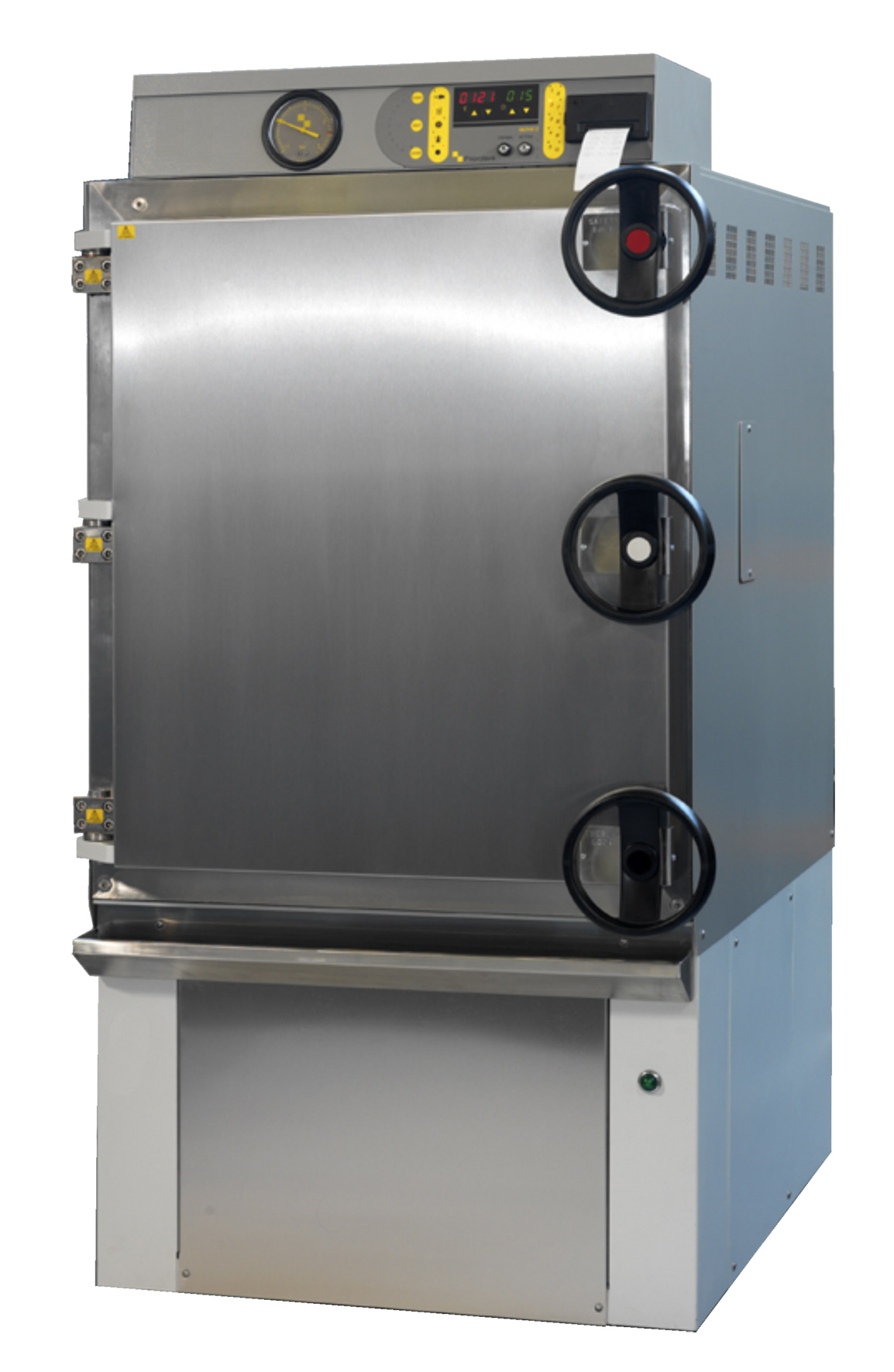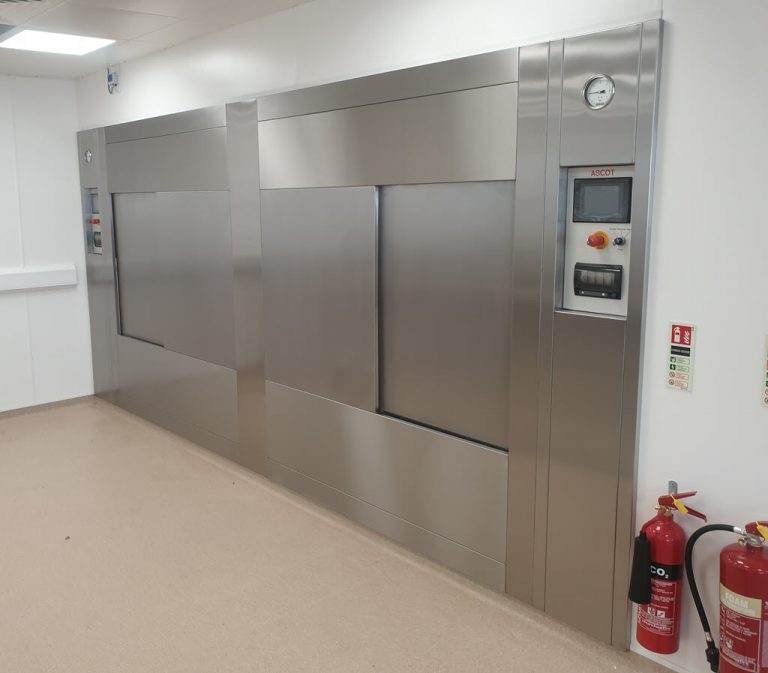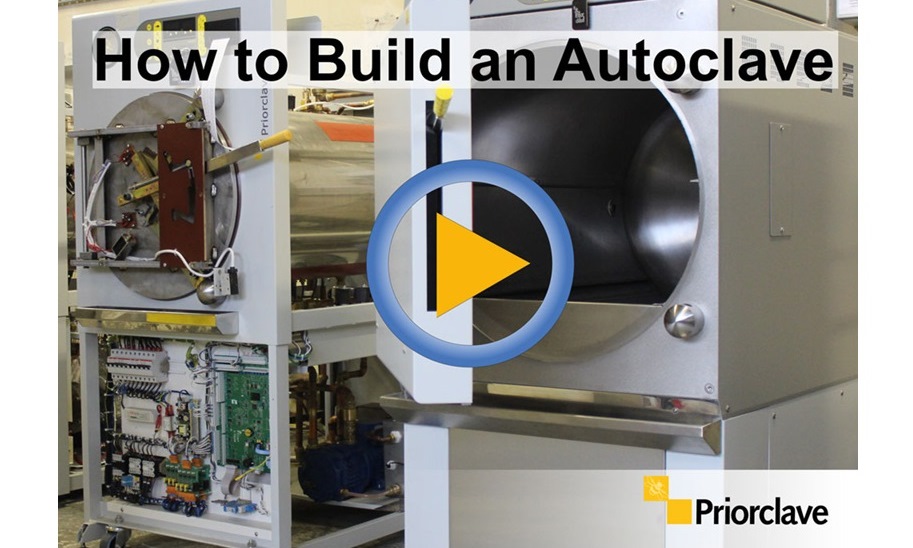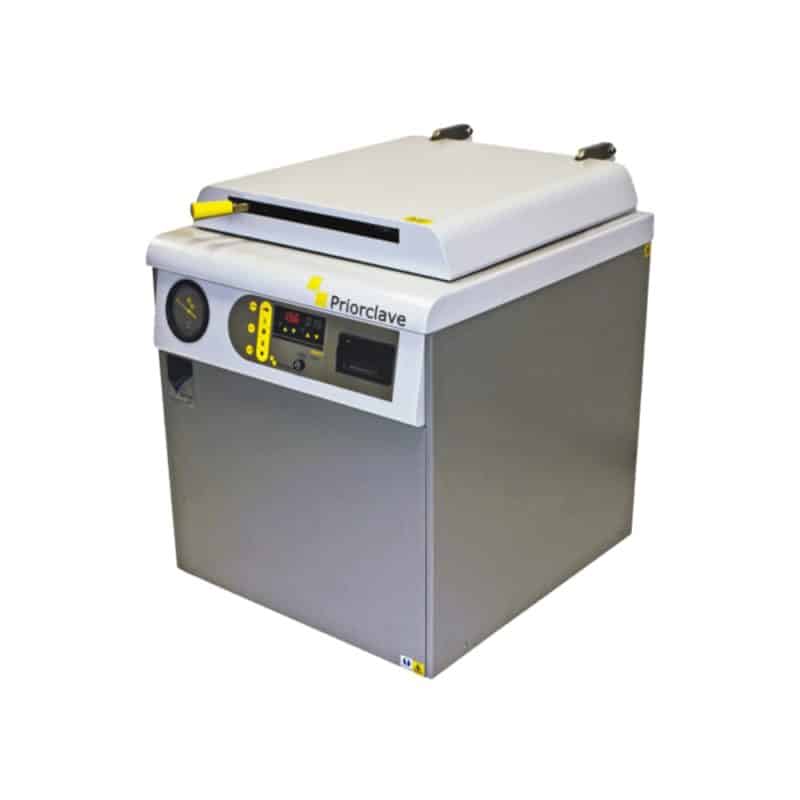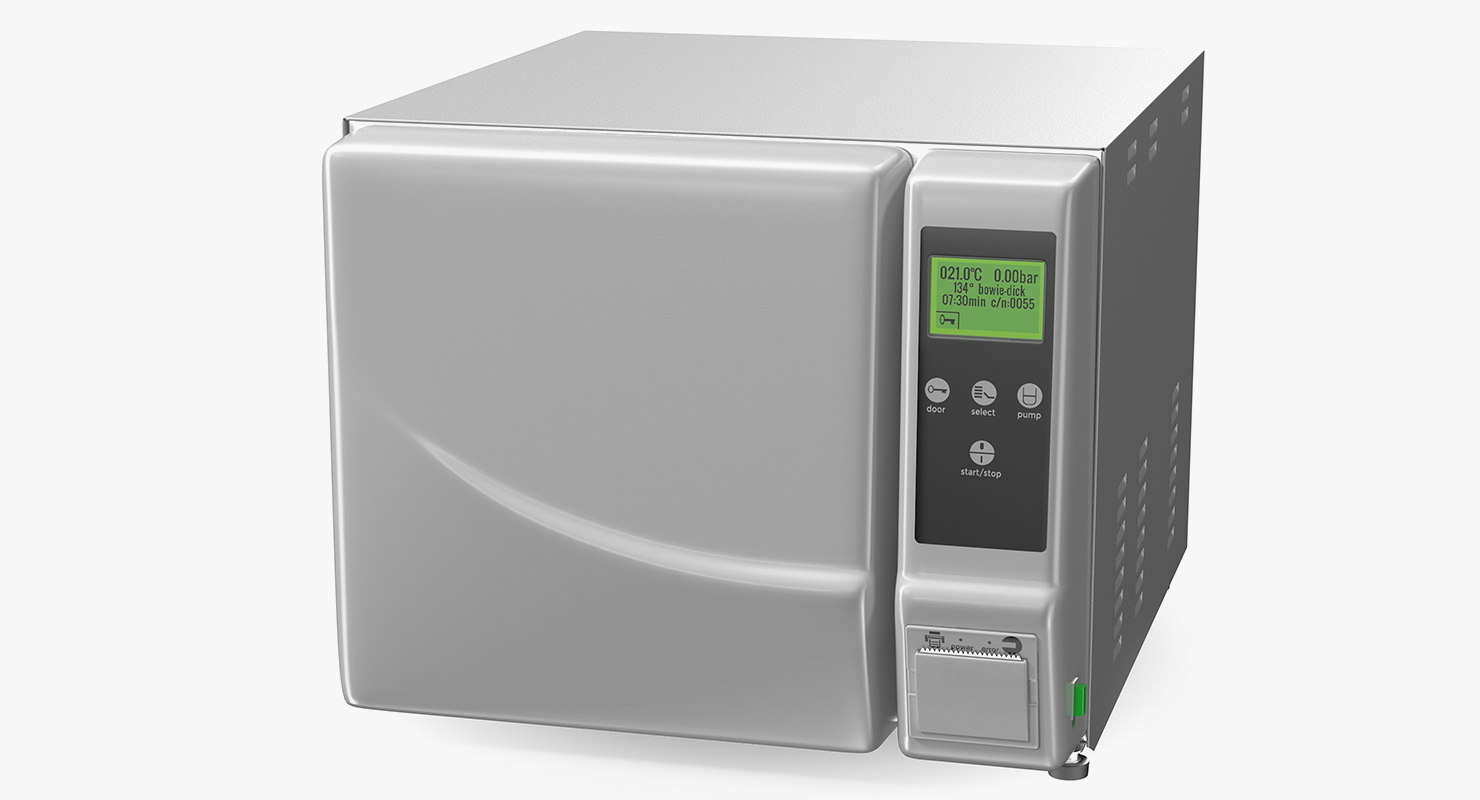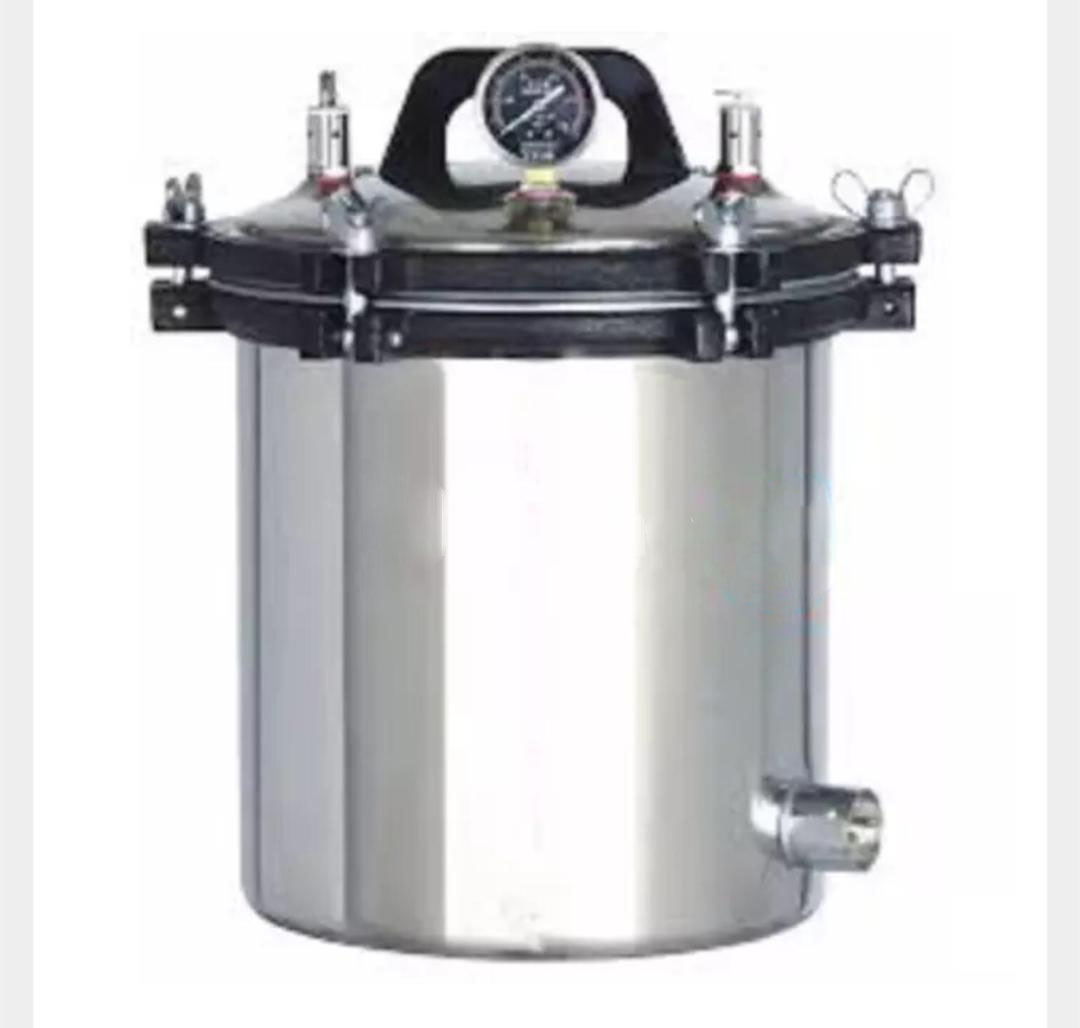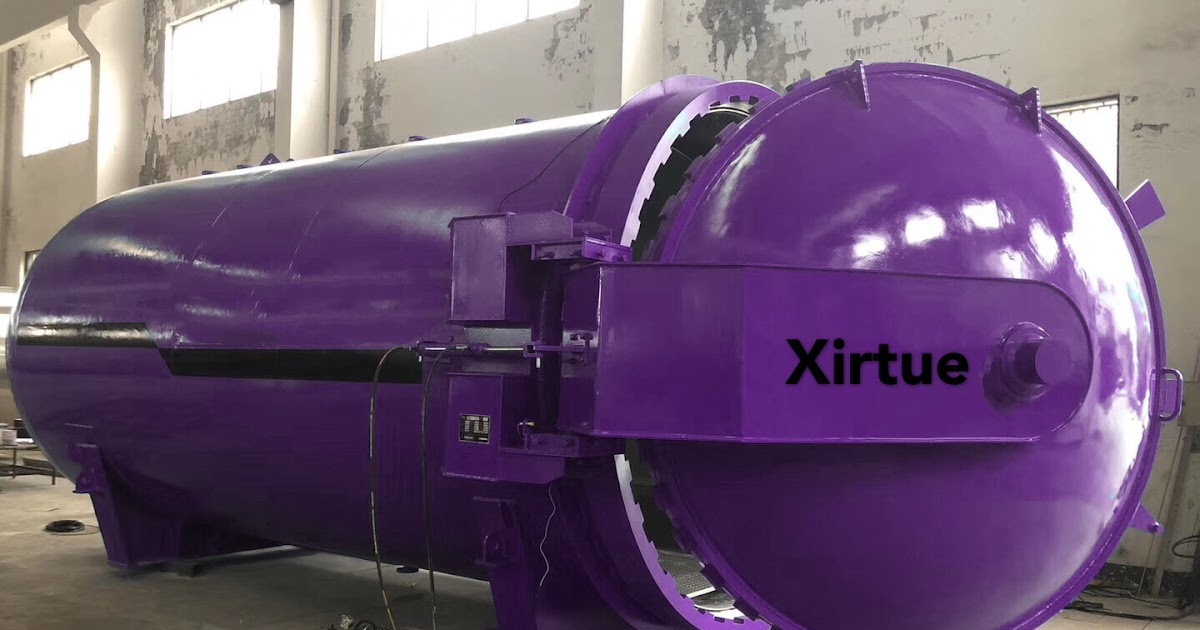Best Info About How To Build Autoclave

Sterile ophthalmic instruments were inoculated with known organisms and sterilized using either a pelton and clane autoclave, immersion in gluteraldehyde, a gas.
How to build autoclave. This video is an introduction on how laboratory autoclaves and research sterilizers are manufactured. From start to finish, priorclave build all their autoclaves bespoke to suit the individual specification needs of their clients and their applications. What is autoclaving and why does a healthcare facility need an autoclave?
On dozens of autoclaves of varied manufacture. In the realms of surgical suites, dental offices, laboratories, and even tattoo. We will also show you how to make a.
Explore how autoclaves ensure safety across surgeries, dental care, labs, and more. The autoclave is a pressure vessel that can be. In this blog post, we will show you how to make your own diy autoclave using a pressure cooker or an instantpot cooker!
There are two primary categories of. Additionally, the autoclave may be. The video takes a behind the scenes look at the.
This ebook will help buyers, users, and owners determine the direct and indirect costs of procuring and operating a laboratory autoclave. You are using a complicated female mold, and need lots of pressure to mold highly detailed features. Structure of the autoclave.
Additionally, the duration of the sterilization process depends on the temperature and pressure settings, with a minimum of 30 minutes required at 250°f. An autoclave is a machine that uses steam under pressure to kill. This article presents how a good understanding of basic steam sterilization principles can help with avoiding most common mistakes made when using steam.
This article discusses the working mechanism of autoclaves, materials that can or can’t be autoclaved, and how to use an autoclave safely. In principle, the design of an autoclave can be compared to that of a pressure cooker: British laboratory autoclave manufacturer priorclave has released a new how to build video which takes the viewer.
